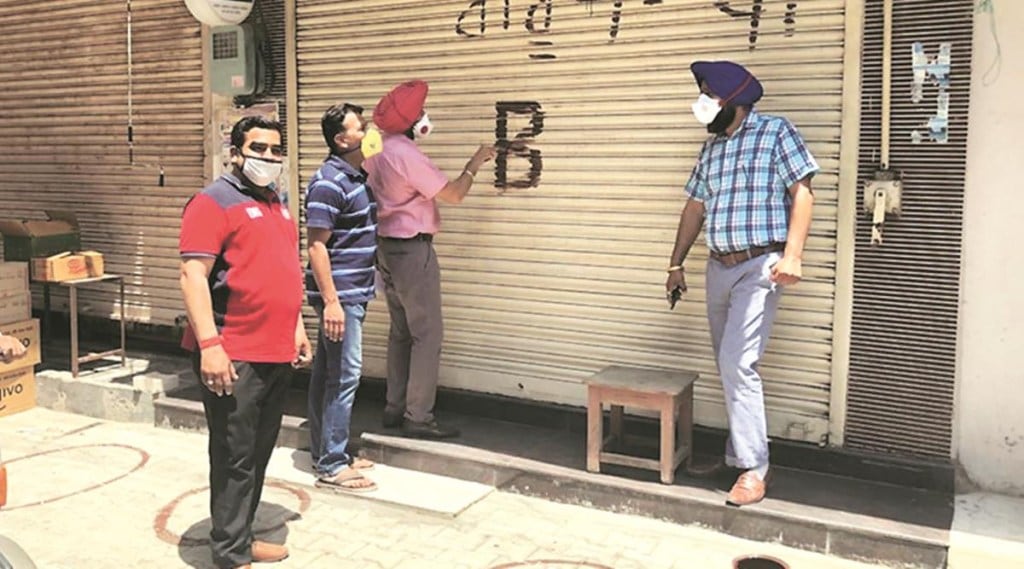Delhi chief minister Arvind Kejriwal is right in asking the central government to relook its current classification of red/orange/green for various types of economic activity and, instead of classifying an entire district as red if it reports even one fresh Covid-19 infection in the past 21 days—this was 28 earlier—to do this classification for only the containment zone, or the area in the vicinity of which the infection took place. This is critical if the graded resumption of economic activity is to work.
Right now, according to Axis Bank research, 53% of India’s GDP originates in red zone areas, and 83% of all bank credit is disbursed here; and this is where economic activity is the most restricted. Also, if critical parts of the supply chain are in the red areas, even green or orange zone factories won’t be able to restart. And, as the automobile firms pointed out earlier, if the showrooms don’t open—they cannot in the red zone—it is futile to even contemplate restarting production.
It is also important to keep in mind that the number of infected persons in the country rose from 600 just before the lockdown started to 42,000 when the second lockdown finished; India was locked down for a total of 43 days. From the number of infected doubling every three days before the lockdown, this came down to doubling once every 11 days due to the lockdown; in other words, the lockdown gave the already stretched healthcare system room to get ready for more patients, but the infection is going to spread anyway, even if at a slower pace.
With the lockdown gone in the orange and green districts—there are 284 orange and 319 green districts—and large relaxations in even the red zone, it is fair to assume the rate of doubling will now pick up again. Even if this rises to once in 8 days, this means India will have 5.4 million infections by the end of June and 8.6 crore by the end of July. But for some miracle, it is inconceivable that all the increase will take place in zones that are already red; to the extent, the increased infections take place in orange and green zones, they will turn to red and orange. Is the activity in them to be curtailed once this happens?
If that happens—and it must if the current classification is not relaxed—then a large part of industry will not restart since it is clear the infection is going to spread; what is the point of restarting production if you have to stop it again and keep doing so in fits and starts?
While the reason for the lockdown was to slow the spread of the virus, the aggressive lockdown in red zones seems to suggest the authorities think it is possible to stop the spread of the virus altogether. Apart from this not being possible, since we know little of the virus, it is not even clear if it will come back after the summer, and if it will become endemic and come back to infect people every year.
If the virus is here to stay—and it is not clear how long a vaccine will take to be developed and then be given to everyone in the world—India needs to find ways to deal with the virus. This means getting enough hospital/care/quarantine facilities ready, ramping up the testing and changing the protocol to include asymptomatic cases, enforcing social distancing and personal hygiene.
Shutting India down can’t be a solution. Apart from the massive economic hardship this causes, even routine illnesses aren’t being treated, and this disease burden will also start adding up. In India, for instance, there are 440,000 deaths due to TB every year, but, right now, TB patients are probably getting turned away from hospitals. These costs need to be accounted for as well.
